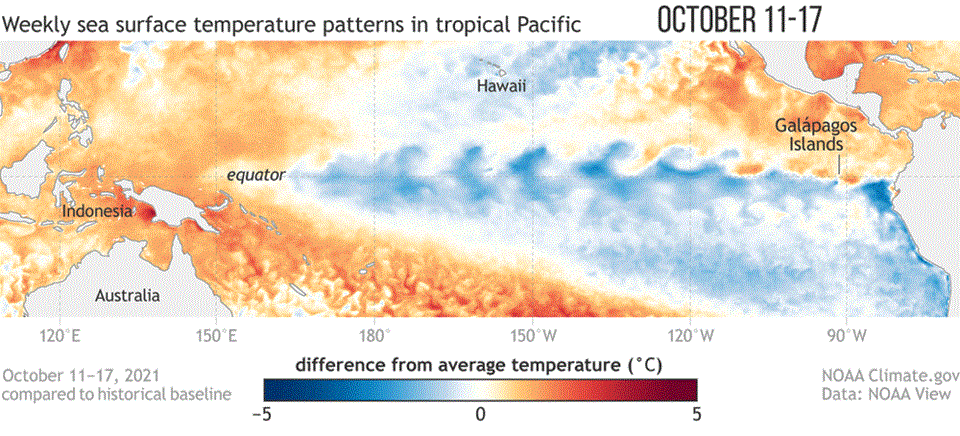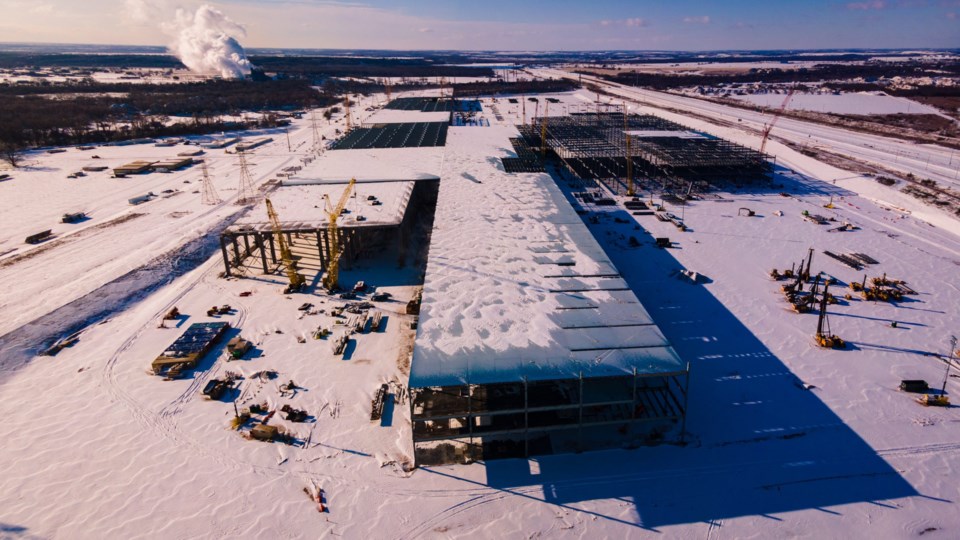Note 1/31/22: This article has been updated to reflect the incoming arctic blast on February 2, 2022.
February is not far away. Neither is the memory of winter storm Uri that pounded Texas last February.
The 2021 winter storm resulted in rolling hours-long outages across the state, infrastructural deficiencies that came to light through the power grid failure, and a total of 246 deaths.
Temperatures will drop below freezing on Wednesday night (February 2, 2022). We'll likely see freezing rain and/or sleet, so road conditions will be fairly dangerous. Thursday and Friday will see temperature highs in the 20s and 30s, and lows and lows in the teens. This will be the coldest it's gotten in Texas this winter so far.
All that to say, Texans are justifiably apprehensive.
We've already had a cold snap ring in the new year. Nowhere near Uri, but just enough to quicken Texans' heart rates at the thought of a February 2021 repeat.
Wondering if another Texas winter storm is in the forecast, and how you can be ready? Here's what you need to know as February nears.
We're experiencing a common climate pattern called "La Niña"
Every few years, the a phenomenon in the Pacific Ocean occurs when wind blows warm water on the water's surface, pushing it west, away from South America's coast. But as the warm water moves away, cold water from the depths of the sea rises and moves to back to South America in turn.
This comes with a Pacific jet stream, a "fast-moving river of air that steers storms across North America," according to the National Oceanic and Atmospheric Administration (NOAA).
This equatorial roller coaster of temperature change is called "La Niña." It's the second we've seen in two years, and it's here to stay for the rest of 2022's winter.
The eastern Pacific typically sees colder-than-usual weather anomalies, while the west Pacific regions are often seeing warmer-than-usual temps.
Here's what the "cold tongue" of space in between looks like:

Ironically, Texas experienced its warmest winter weather since 1889 this December, with an average daily temperature of 59 degrees Fahrenheit.
Texas Tribune reported that this relative warmth has prompted growing drought conditions throughout the state: 80% of Texas saw "at least moderate drought" as of January 4, and around 55% has seen "severe" drought.
This is all consistent with La Niña's climate pattern; however, as we saw last February, exceptions to this typical pattern are still very much possible in the form of extreme winter weather in the other direction — namely, a big freeze.
Prepare for a another potential Texas freeze
Here's how you can be ready in case another winter storm should occur.
First, have an emergency winter weather kit prepared and on hand. This should include:
- Flashlights
- Batteries
- Phone chargers
- Jumper cables
- First aid supplies
- Blankets
- Extra-warm clothes
- Food and water to last several days
- A supply of any prescription medications to last, should you be unable to leave your home
Know where your main water valve is. In the case of a burst pipe, you need to quickly cut off your water. Open up cabinets to allow heat circulation, which will help keep your pipes from freezing. In the case of a storm, fill up your bathtub with water for flushing, boiling washing hands, etc. in case you lose running water and need a backup supply.
Have towels, blankets, or some other form of insulation on hand to stuff under your doors to keep heat in your living space.
Finally, if you're not already following your local government, energy resources and news channels on social media channels, find them on Facebook and Twitter to follow for any extreme weather updates in your area as they happen.




